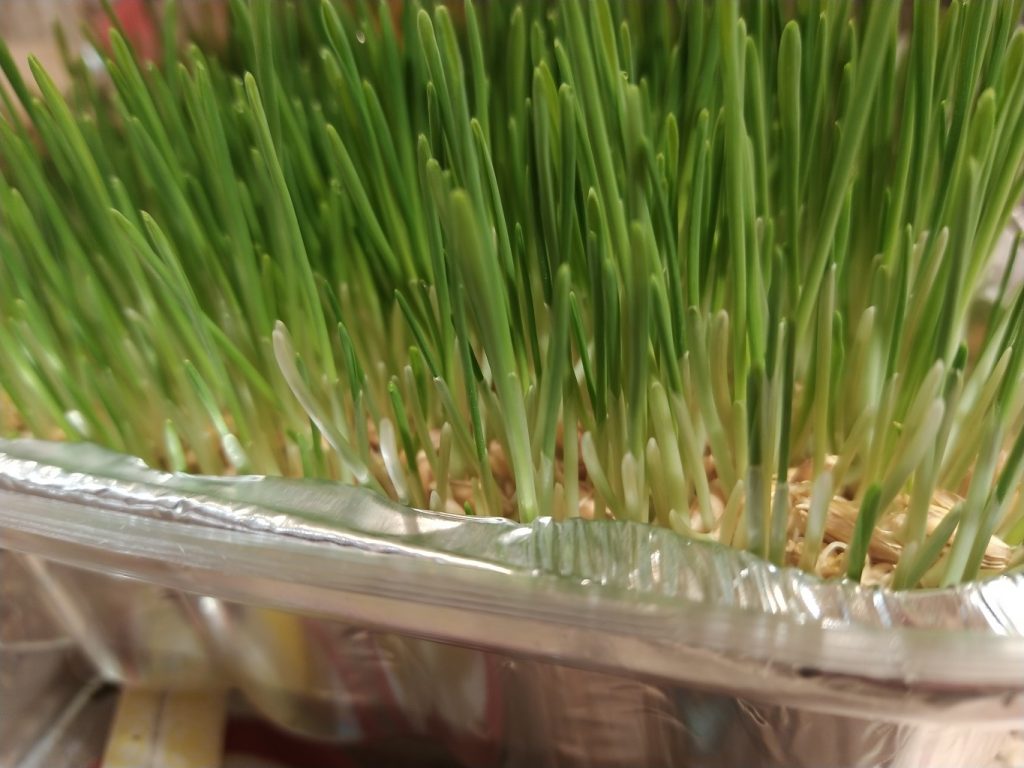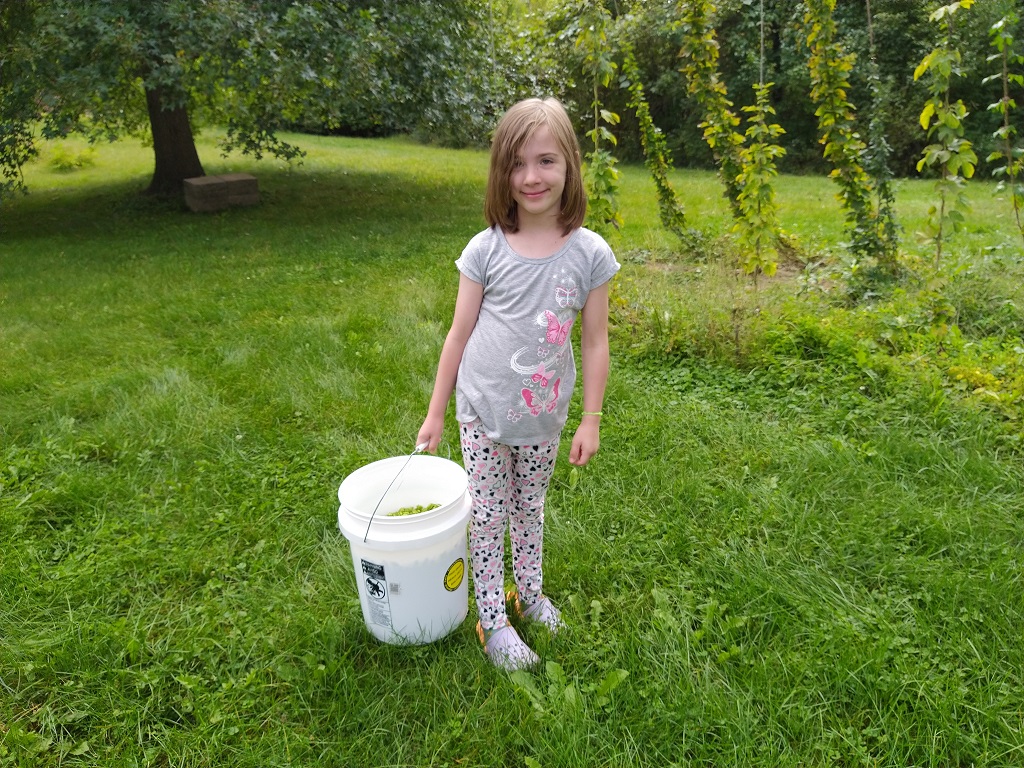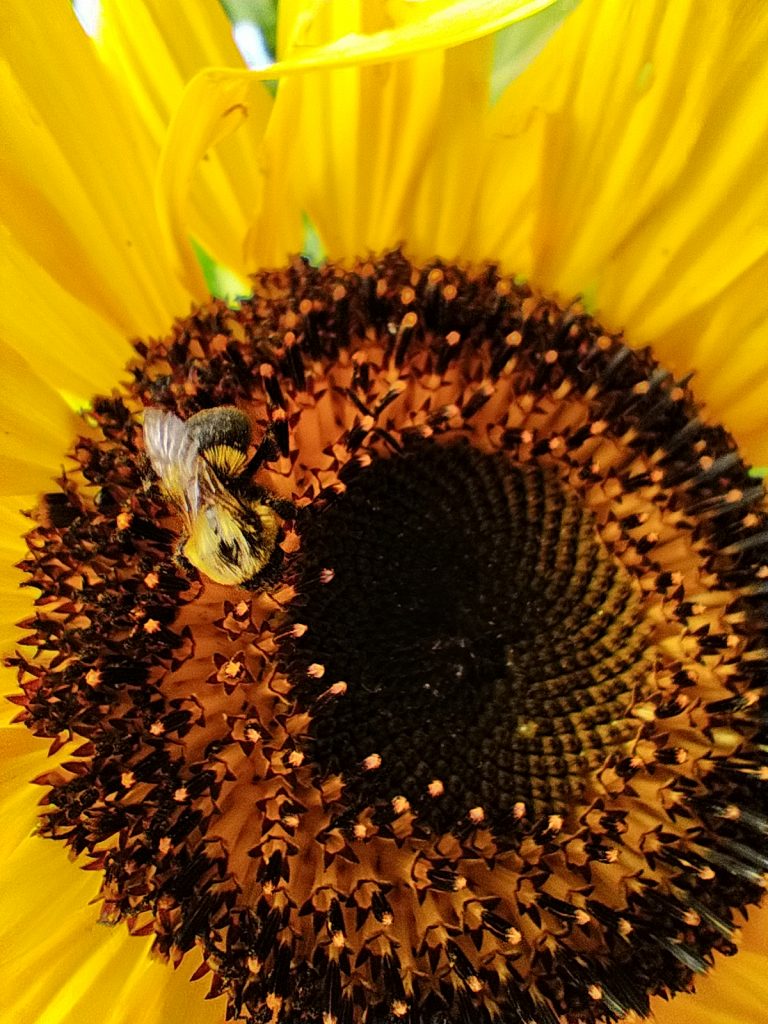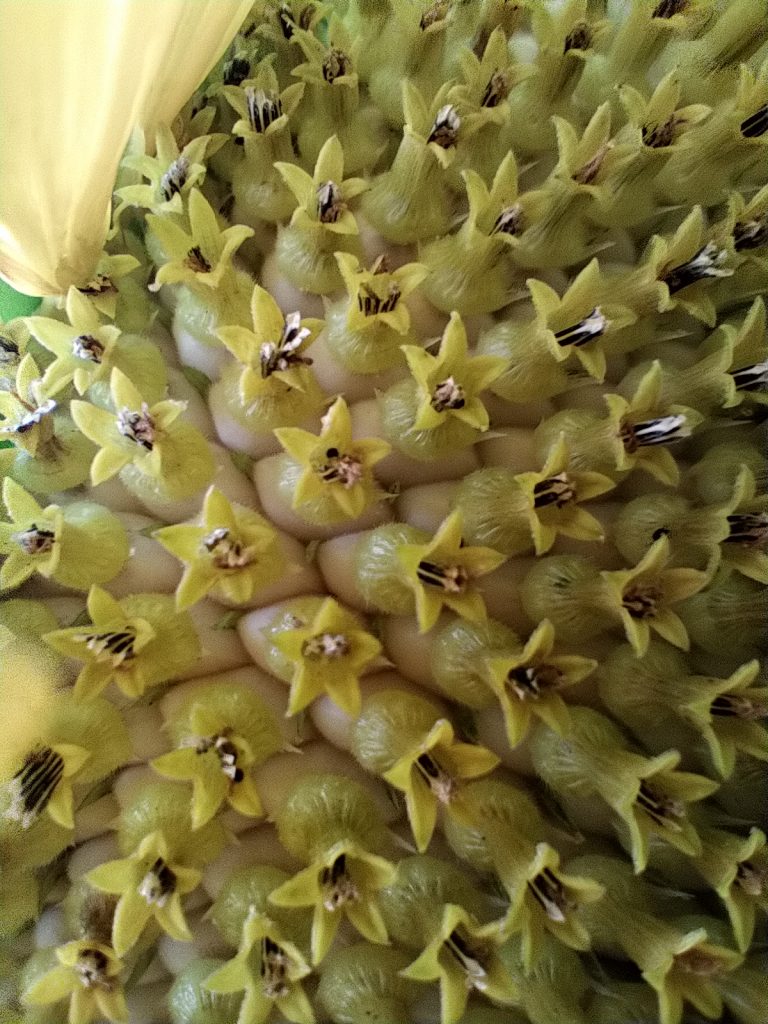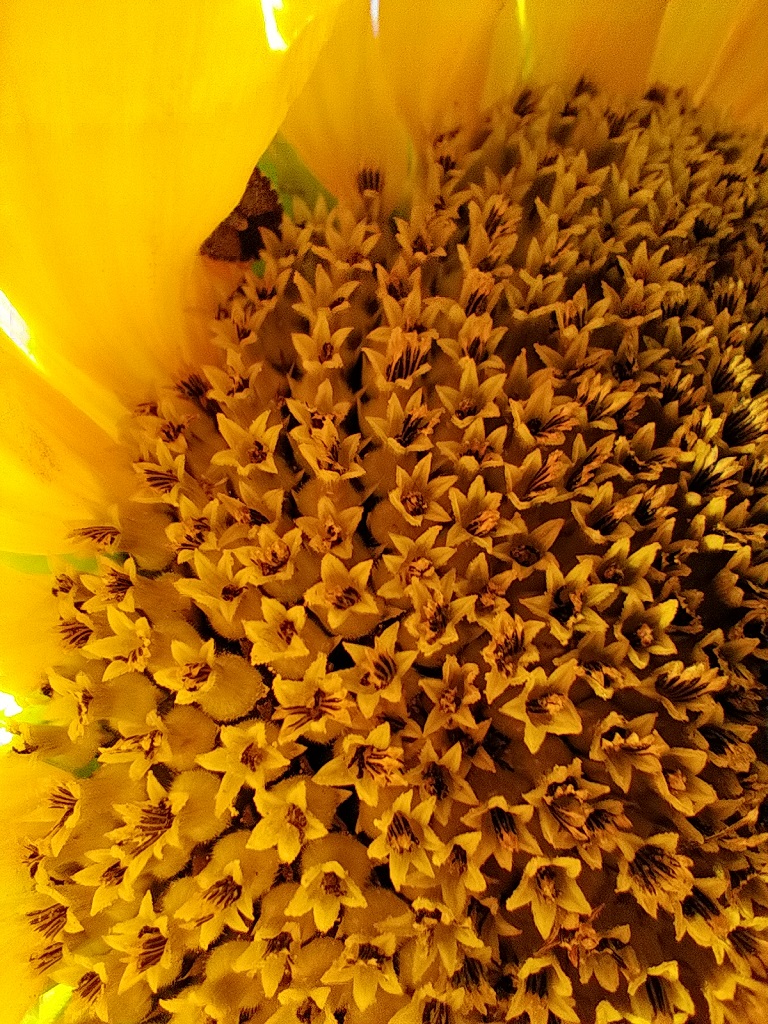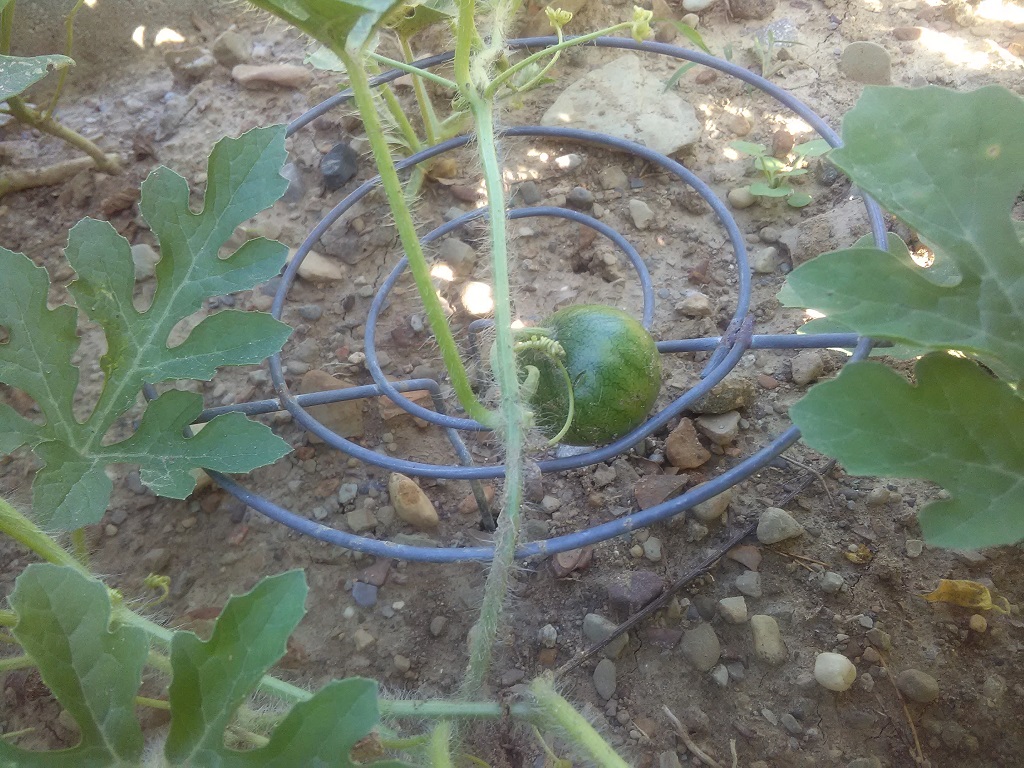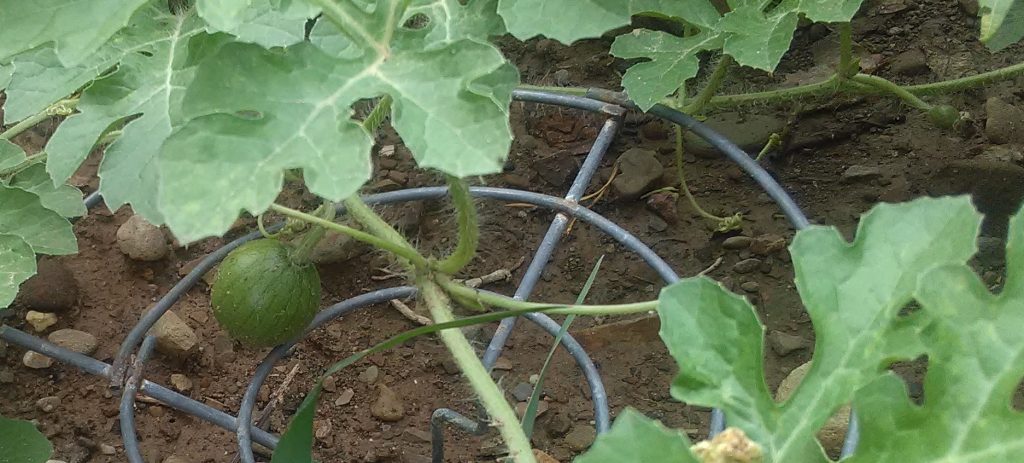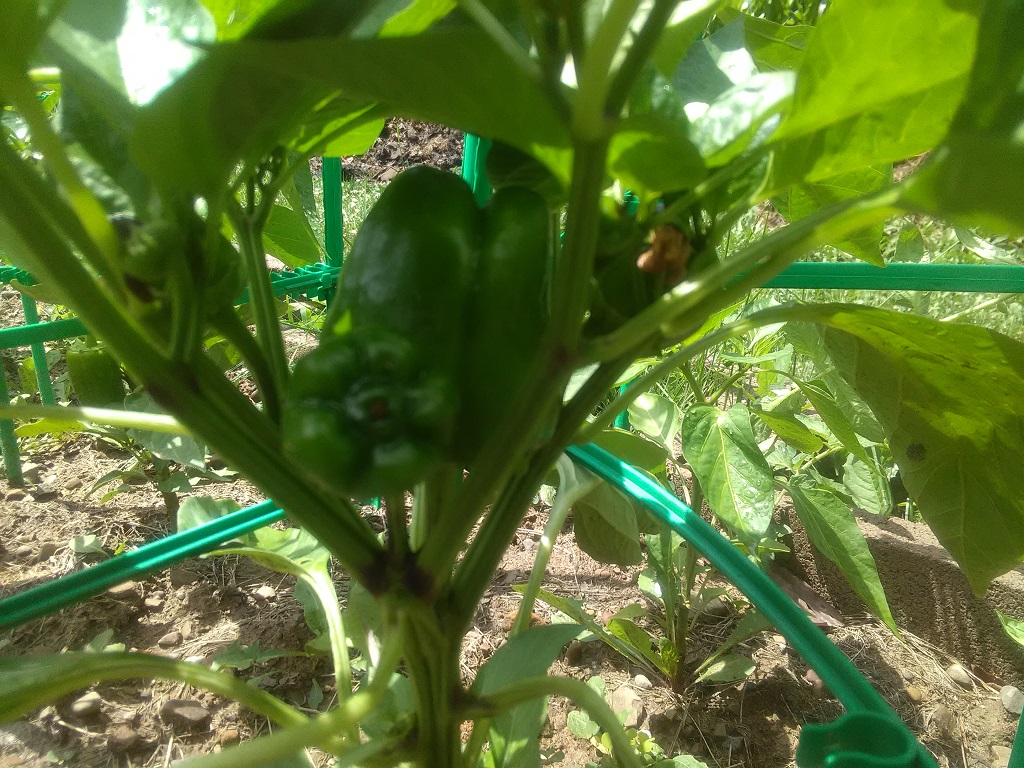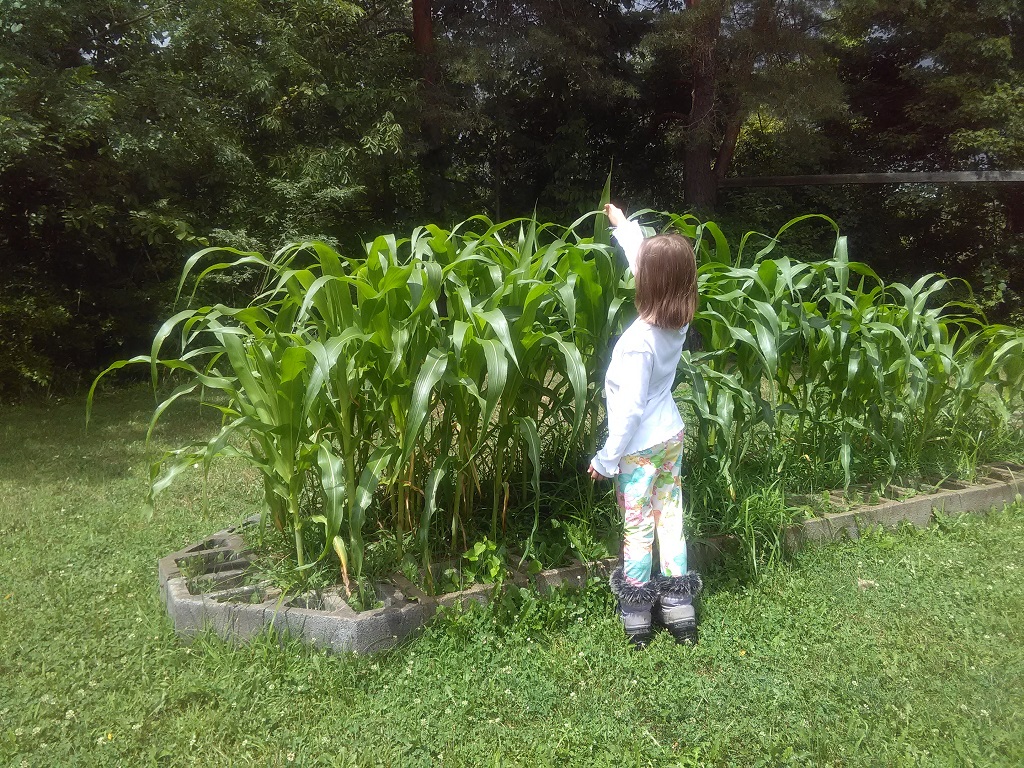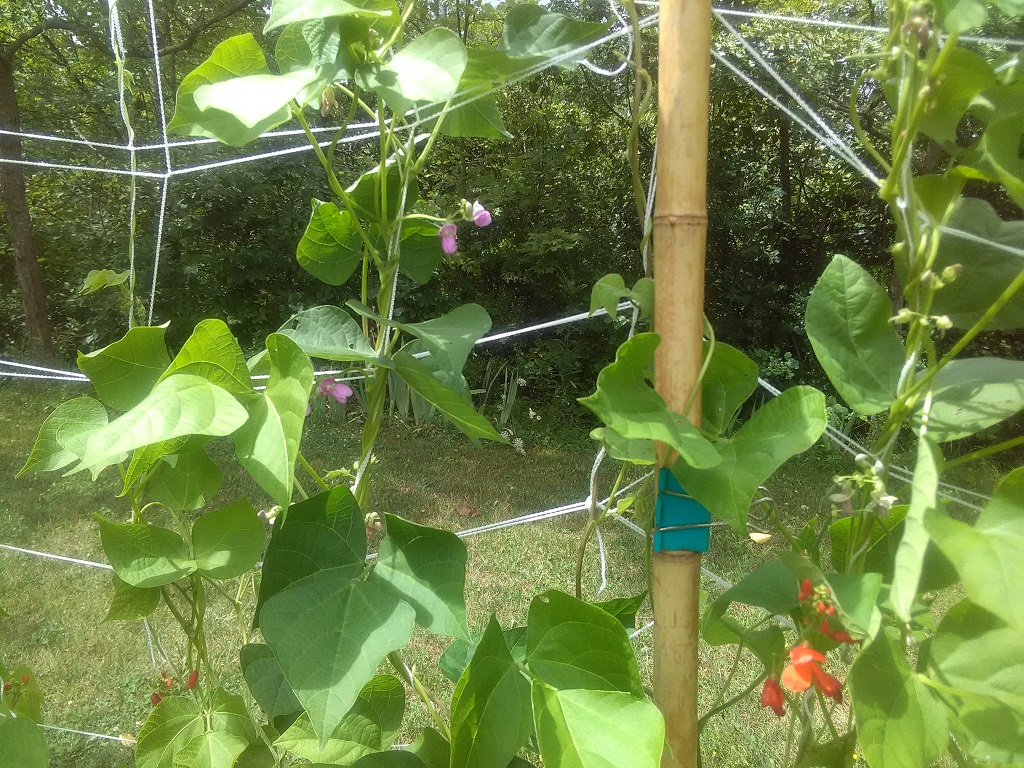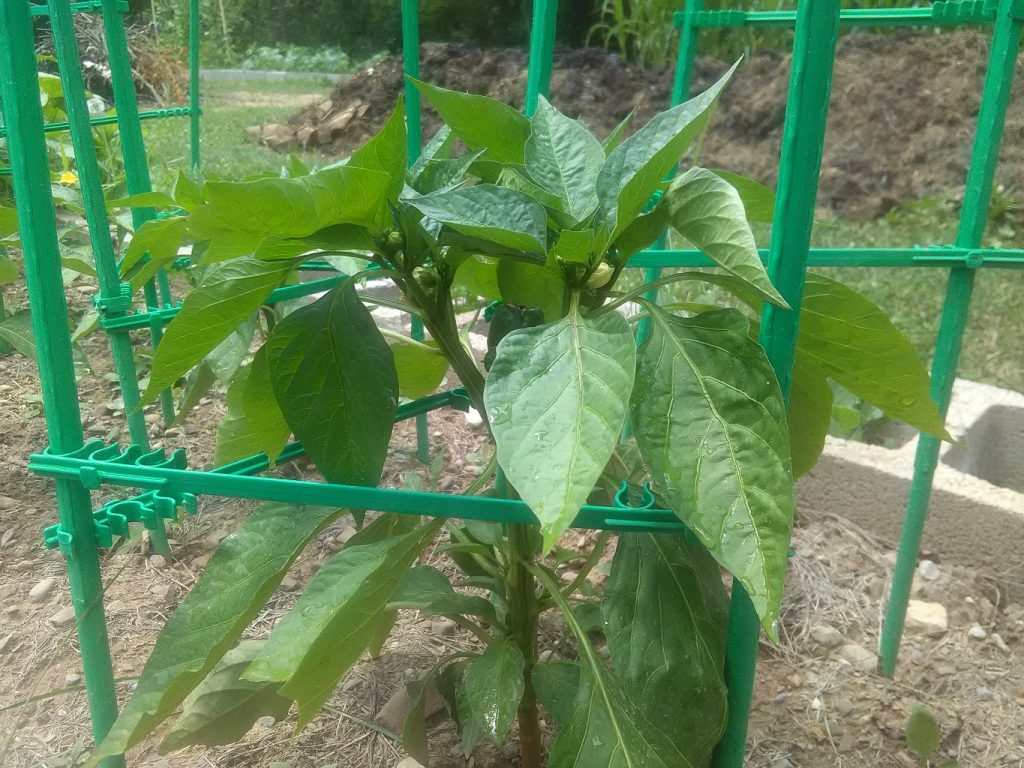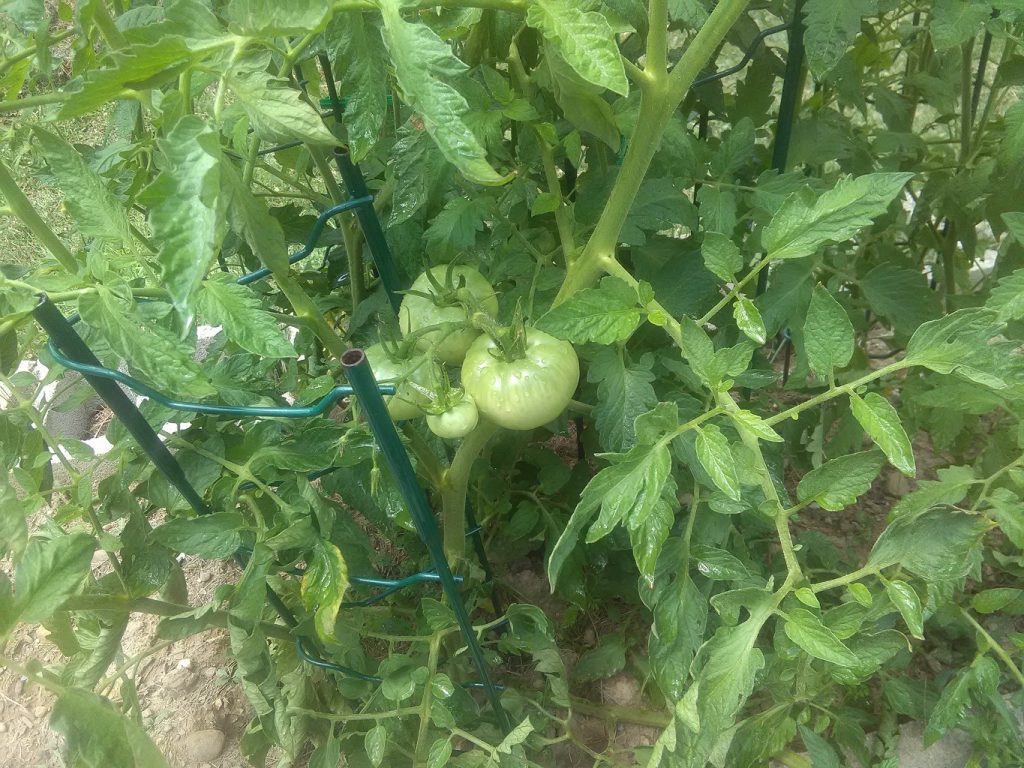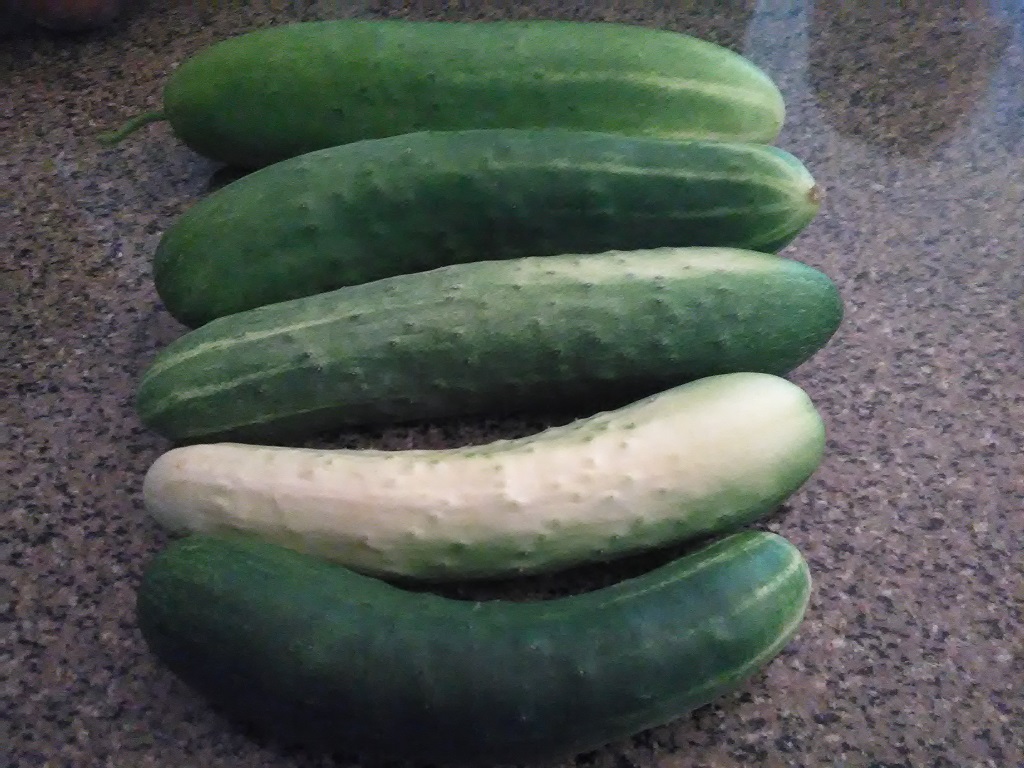Autumn is coming to a close. We had an great growing season this year — I covered the lettuce beds with fabric tents three or four nights in November because temps would be near freezing. We had a few nights where our small pond froze on the surface, but tomorrow night will be the first sustained sub-freezing temperature. I got a bit of a late start to outdoor gardening because we rebuilt the garden beds in a sunnier location, but I still managed a 200 day growing season. Adding another six weeks for the seeds started indoors, I had plants growing for 244 days — about 2/3 of the year! Moving the beds to a sunnier location greatly increased productivity, and the compost in the garden area has turned into a large pile of dirt. We’ve been adding new stuff to the north side of the pile, and I’ve been moving everything south as I turn the pile. It is impressive how much the pile of grass and leaves shrinks down as it decomposes. In early autumn, I put about 16 cubic feet of compost into the garden beds to make a lettuce and kale bed. Yesterday, I amended another fifteen cubic feet of the lettuce bed. Anya and I used two cucumber A-frame trellises and a few of the tomato trellises to create a structure and covered the lettuce bed with greenhouse plastic. Hopefully we’ll be able to continue growing lettuce throughout the winter. I also plan on planting the broccoli, brussle sprouts, and cabbage under the cover next April.
I was worried the chicks we got in August would be too small when the temps dropped, but they are fifteen weeks old today. They love being outside and fluff up really big when it gets cold. Both the coop and chicken tractor have a wide roost so they can keep their toes under their warm feathers.
In the next few weeks, we’ll build some nesting boxes and get the coop finalized. I also want to finish making packets for the seeds we harvested this year and file them into my seed storage boxes. In the next week or two, I will be making a lot of candied almonds — vanilla cinnamon candied almonds, maple roasted salted almonds, and some plain candied almonds — for us and to give away to neighbors.
This winter, I want to finish the crochet blanket I am making for our family room. It should be a thick, warm blanket that we can all snuggle under. I want to finish Anya’s new Peppermint Swirl dress. I also want to make her micro-corduroy dress/tunic/shirt to replace the one she outgrew this past year. Both will be worn in the spring/summer, but sewing is a cold/snowy day activity for me.
